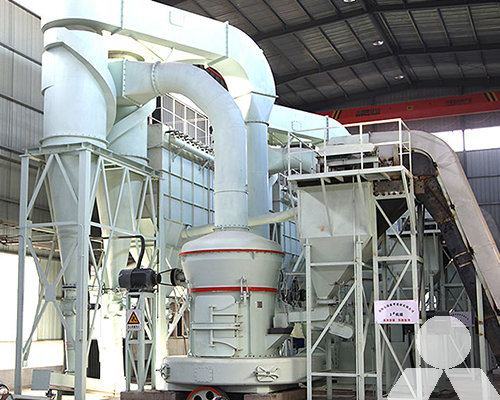Drying and Grinding of Fly Ash
Fly ash, a byproduct of coal combustion in power plants, is gaining significant attention as a valuable resource due to its potential applications in various industries. However, before these applications can be realized, it is essential to process fly ash through drying and grinding techniques. This article explores the significance of drying and grinding in enhancing the properties and applications of fly ash.

- Drying of Fly Ash:
Drying is a crucial step in preparing fly ash for further processing. Freshly produced fly ash contains a considerable amount of moisture, which hinders its use in applications such as cement and concrete production. Drying fly ash to an optimal moisture content not only enhances its workability but also prevents the negative effects of high moisture on the end products.
The drying process involves removing moisture through controlled heat application. Common drying methods include rotary dryers, fluidized bed dryers, and flash dryers. These techniques effectively reduce the moisture content of fly ash, making it suitable for subsequent grinding processes.
- Grinding of Fly Ash:
Grinding is a mechanical process that reduces the particle size of materials, enhancing their reactivity and suitability for various applications. In the case of fly ash, grinding transforms the coarse and irregular particles into finely ground particles, which possess a larger surface area and improved chemical properties.
The grinding process also plays a pivotal role in improving the pozzolanic activity of fly ash. Finely ground fly ash exhibits increased reactivity with calcium hydroxide, leading to enhanced strength and durability characteristics when used in cementitious systems. High-energy ball mills, vertical roller mills are commonly used for fly ash grinding, offering diverse options to achieve the desired particle size distribution.
- Benefits of Drying and Grinding:
The combined effects of drying and grinding significantly improve the quality and usability of fly ash, unlocking its potential for various applications:
- Cement and Concrete: Dried and ground fly ash is a valuable supplementary cementitious material that contributes to the strength, durability, and workability of concrete. It reduces the need for clinker in cement production, leading to reduced greenhouse gas emissions.
- Geopolymer Production: Processed fly ash is used in geopolymer production, resulting in eco-friendly construction materials with excellent mechanical properties and resistance to chemicals and fire.
- Waste Stabilization: Treated fly ash can be used for stabilizing waste materials, preventing leaching of hazardous substances into the environment.
- Soil Improvement: Fly ash can be mixed with soil to enhance its engineering properties, making it suitable for construction purposes.
Drying and grinding of fly ash are essential steps in harnessing its potential for various applications. These processes not only improve the material’s properties but also contribute to sustainable practices by utilizing a byproduct that would otherwise be disposed of as waste. As research and technology continue to advance, the utilization of processed fly ash is expected to grow, offering innovative solutions across multiple industries.









